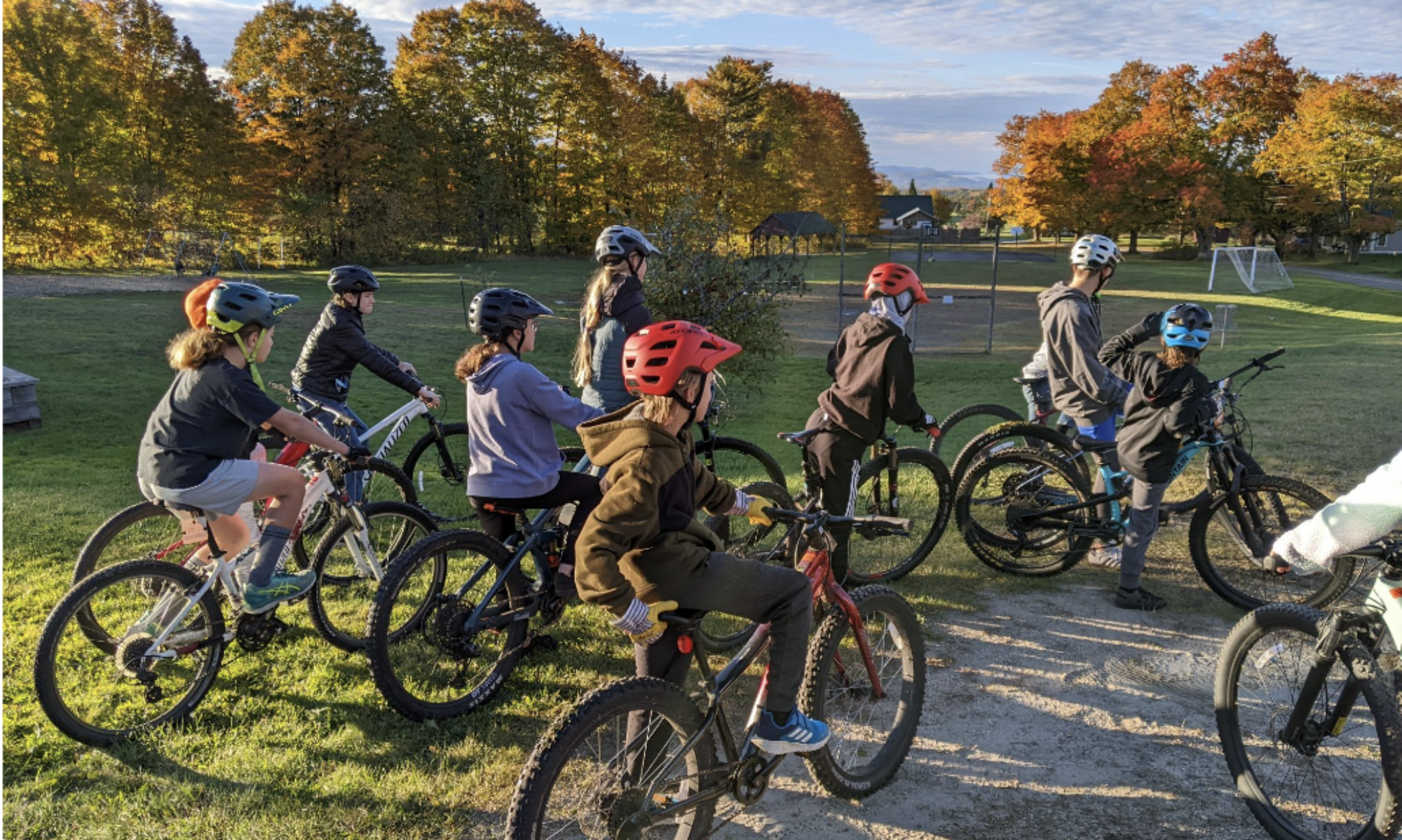What is formative assessment?
Feedback empowers learners to have agency over their learning!
Formative assessment is a strategy used by teachers and learners to generate data that informs teaching and learning. Using a variety of methods, they gauge progress towards a learning goal. This data is used to plan and/or revise instruction to meet learners’ needs. Educators also give learners targeted feedback on their next steps towards meeting the learning goal.
Why it’s important:
Formative assessment is a two-way street. Classrooms should be feedback-rich environments, gleaning data from a variety of sources. Teachers solicit and receive timely feedback so we can adjust instruction to better meet the needs of our learners. Learners seek and utilize feedback about their own progress towards a learning goal.
In one direction is the feedback teachers receive from their learners. Formative assessments must be designed to measure the knowledge/understandings/skills that are necessary for learners to meet the learning goal. Teachers must create or select assessments that are concise enough to immediately inform their instruction.
In the other direction is the feedback that learners receive. A feedback-rich environment will provide learners with data from a variety of sources: peers, teacher, self, digital application, external mentor, etc. Learners process and analyze this formative feedback- alone, with a peer, or with their teacher and generate the next steps in their learning. The most effective formative feedback is timely, actionable, and specific.

How it fits into the proficiency-based education ecosystem:
Formative Assessments are the diagnostic tools in a Proficiency-Based Education system. It’s how we (and our students) determine progress toward learning goals. It’s how we (and they) distinguish what they are learning, and what they are on the verge of learning. It’s how we fine-tune our teaching to meet learner needs and provide meaningful instruction. It’s how we give students constructive feedback that hones in on their next steps for growth. And it ensures that there won’t be big surprises (for anyone) when students complete the summative assessment: we’ve had our finger on the pulse of their progress so we, and they, know what they are able to do.
What formative assessment looks like in practice:
There are numerous ways to gather data to inform and adjust instruction and give feedback. Here are three examples of what formative assessment could look like in a middle school language arts class. The indicator the group is focusing on is: Determine a theme or central idea; provide a summary. The learning target for the day is: I can determine the main or central idea of a text.
Short, targeted, and sortable:
After reading a short piece of fiction you ask your students to write the main idea on an index card or post-it on Padlet. You quickly sort the index cards/post-its: those who got it, those who are on the verge of getting it, and those who are still uncertain about what the main idea of the text is. You adjust your instruction accordingly: Those who are unsure about the main idea receive a mini-lesson that scaffolds that skill; those who are on the verge of identifying the main idea receive a mini-lesson that provides a guided opportunity to practice; and those who have met the target move on to practice writing a summary of the text.
Feedback for growth:
Students practice determining the theme for their independent reading book. They complete a graphic organizer that identifies the main idea and asks for summarizing details. The teacher uses a single point rubric to give each student constructive feedback targeting their next steps as they move toward the learning target. For example, “You clearly articulate the main idea. Find some summarizing details that are related to the main idea.” Or, “You are getting closer to the main idea. What do you think the author really wants to communicate?” Students then use that feedback to revise and further develop their work.
Peer-to-peer feedback:
Students have been practicing giving each other feedback that leads them to their next step in learning. Students are paired with a peer and asked to review each other’s work. Using the single point rubric for the project, they provide specific, actionable steps toward improving the work so that it meets proficiency. For example, “I can see that your theme is friendship. Your next step is to provide evidence from the text to support your thinking.”
How do I know if I’m on the right track with formative assessment?
Use the scale below to assess your current practice, then find resources to support your growth in the Formative Assessment Toolbox.
Formative Assessment Learning Scale
| I can design and implement formative assessments that are related to the learning goals. | I can design and implement formative assessments that collect data about my learners and their progress toward a learning goal.
I can use that data to give my learners feedback on their progress. |
I can design and implement formative assessments that collect specific data about my learners and their progress toward a learning goal.
I can use formative assessment data in a timely fashion to inform my instruction. I can create a feedback-rich environment in which learners are provided actionable feedback to guide their next steps toward proficiency. |
I can engage learners in co-designing formative assessment that informs instruction AND informs their learning process. |
Formative Assessment Toolbox:
| Learning Goal | If you are curious about: | Examples and resources to explore: |
| I can design and implement formative assessments that collect specific data about my learners and their progress toward a learning goal. | How can I start designing and implementing formative assessments that are related to my learning goals? | |
| What tech tools can help me collect formative assessment data? | ||
| Where can I find more formative assessment strategies? | ||
| I can use formative assessment data in a timely fashion to inform my instruction. | How do I use formative assessment data? | |
| I can create a feedback-rich environment in which learners are provided actionable feedback to guide their next steps toward proficiency. | What are the keys to giving learners constructive feedback? |
|
| How can I use single point rubrics to give students formative feedback? | ||
| I can engage learners in co-designing formative assessment that informs instruction AND informs their learning process. | How can I co-design formative assessment with students? |

